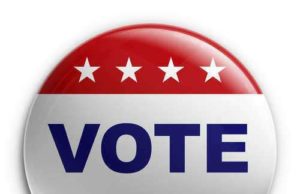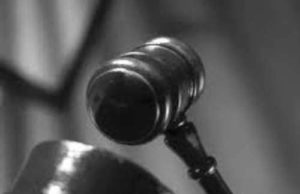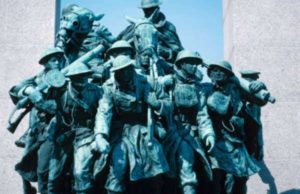Escobedo v. Illinois

The Background of Escobedo v. Illinois
The Escobedo v. Illinois trial was a trial that involved the administration of due process, defined as the government’s obligation to respect, maintain, and uphold the legal rights of its citizen in the event of an arrest; this procedure was presumed to have been violated with regard to both the arrest and conviction of Danny Escobedo. Danny Escobedo was arrested subsequent to the murder of his sister-in-law; a fellow suspect had named Danny Escobedo as the shooter – as a result, Escobedo was interrogated by the police for upwards of 14 hours without access to his attorney. The police department had maintained that due process was not applicable due to the fact that Escobedo had not yet been formally arrested; the interrogation took place en route to the police station.
Only a year prior, the Gideon v. Wainwright case had received a verdict preventing the unlawful detainment resulting from insufficient documentation at the time of an arrest – in addition to the provision of legal counsel to individuals, regardless of financial stature
The Case Profile of Escobedo v. Illinois
The following is a case profile of the legal trial eponymously titled ‘Escobedo v. Illinois’:
Date of the Trial: April 29th, 1964
Legal Classification: Administrative Law; this legal field associated with events and circumstances in which the Federal Government of the United States engages its citizens, including the administration of government programs, the creation of agencies, and the establishment of a legal, regulatory federal standard
Accused Criminal Activity: The following criminal activity and charges were cited by Danny Escobedo against the State of Illinois within the appeal brought forth subsequent to the initial ruling:
Although Escobedo requested Illinois lawyers, he was denied his right to meet with his lawyer until the end of the formal arrest process; during his investigation, the police had deemed that Escobedo indirectly had admitted to participation in the murder – Escobedo maintained that both his 5th and 6th Amendment rights had been violated
United States Reports Case Number: 378 U.S. 478
Date of the Delivery of the Verdict: June 22nd, 1964
Legal Venue of Escobedo v. Illinois: The Supreme Court of the United States
Judicial Officer Responsible for Ruling: Chief Justice Earl Warren
Involved Parties: The following are the parties named with regard to their involvement in the Escobedo v. Illinois case:
Danny Escobedo; Plaintiff – Escobedo v. Illinois
The State of Illinois; Defendant – Escobedo v. Illinois
Verdict Delivered: The Supreme Court ruled in favor of Danny Escobedo, explaining that the interrogation taking place was both biased and subjective; the ruling explained that the police appeared to have targeted Escobedo in lieu of treating him as merely a ‘witness’ or ‘suspect’
Associated Legislation with regard to Escobedo v. Illinois: The following statutory regulations were employed with regard to the Escobedo v. Illinois trial:
The 5th and 6th Amendments – respectively – require that arrestees are made aware of their respective right to counsel and trial, as well the right to consult with an attorney; regardless of financial stature
The notion of habeas corpus entitles all individuals to the right to a trial in a court of law; in addition, each individual is granted the right to legal representation – pertinent details regarding any allegation should be discussed with a defense attorney



 The Background of Regents of the University of California v. Bakke (1978)
The Background of Regents of the University of California v. Bakke (1978)
 The Background of Roper v. Simmons (2004)
The Background of Roper v. Simmons (2004) The Background of Schenck v. United States (1919)
The Background of Schenck v. United States (1919)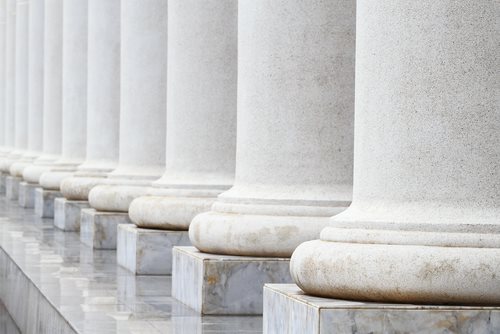
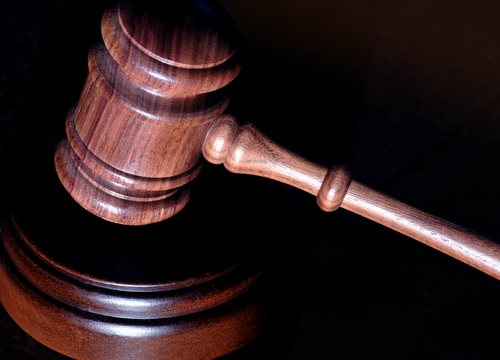 The Background of Barron v. Baltimore (1833)
The Background of Barron v. Baltimore (1833) The Background of Terry v. Ohio (1968)
The Background of Terry v. Ohio (1968)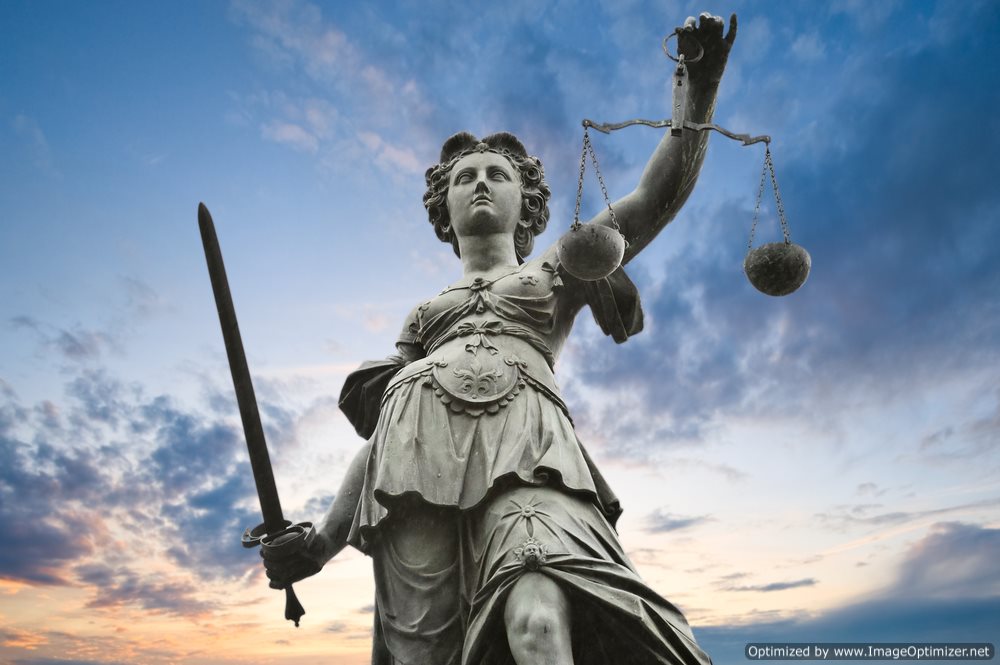 The Background of Batson v. Kentucky (1985)
The Background of Batson v. Kentucky (1985) The Background of Texas v. Johnson (1989)
The Background of Texas v. Johnson (1989)